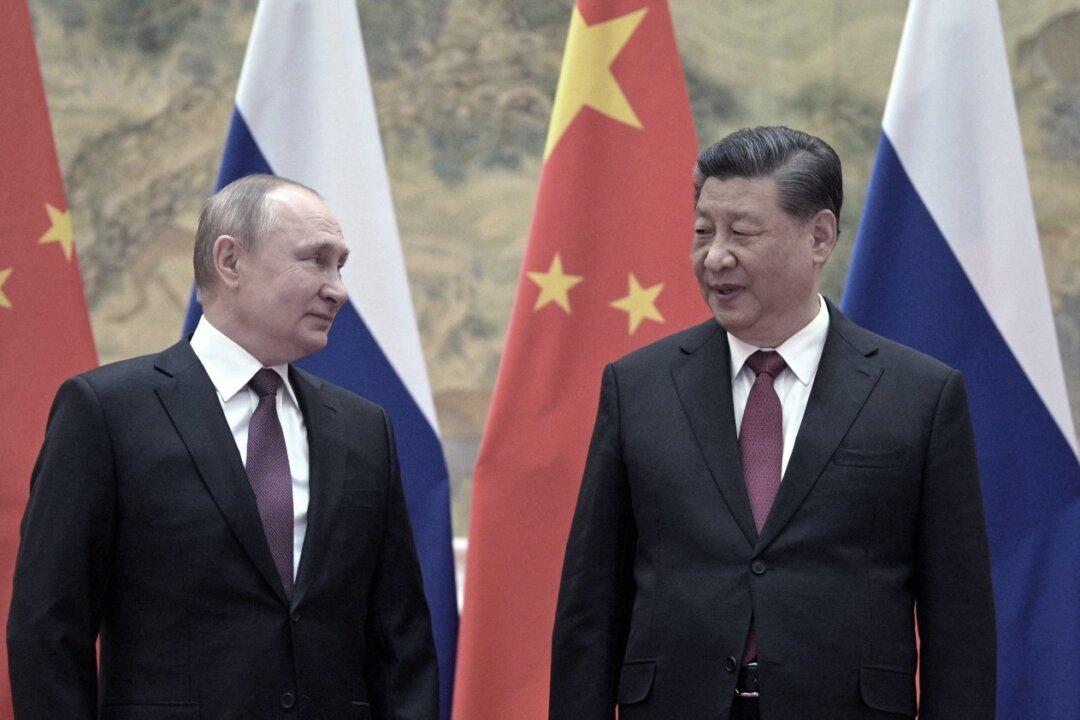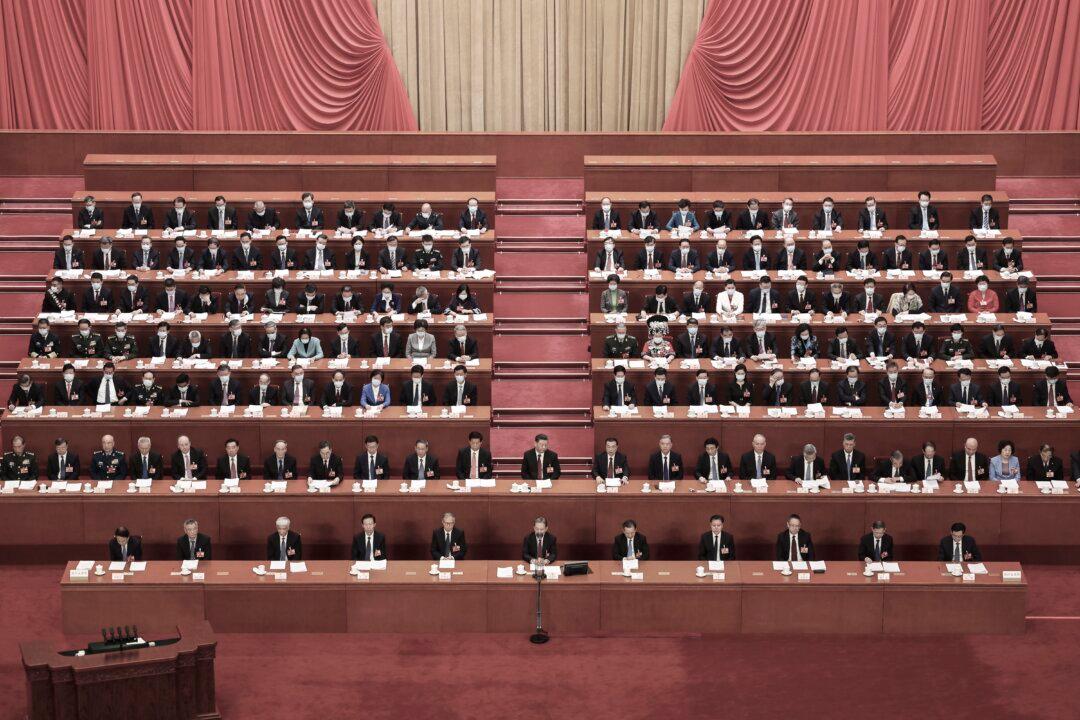While refusing to condemn Russia’s invasion of Ukraine, the Chinese Communist regime actually fears that its major strategic interests in Europe will be undermined if Russia takes over Ukraine, experts said.
The Chinese Communist Party (CCP) has long regarded Ukraine as a bridgehead of its Belt and Road Initiative (BRI), the CCP’s infrastructure expansion program, in Europe. If Russia seizes Ukraine, the CCP may not merely suffer from the military industry, it will lose this crucial bridgehead.




